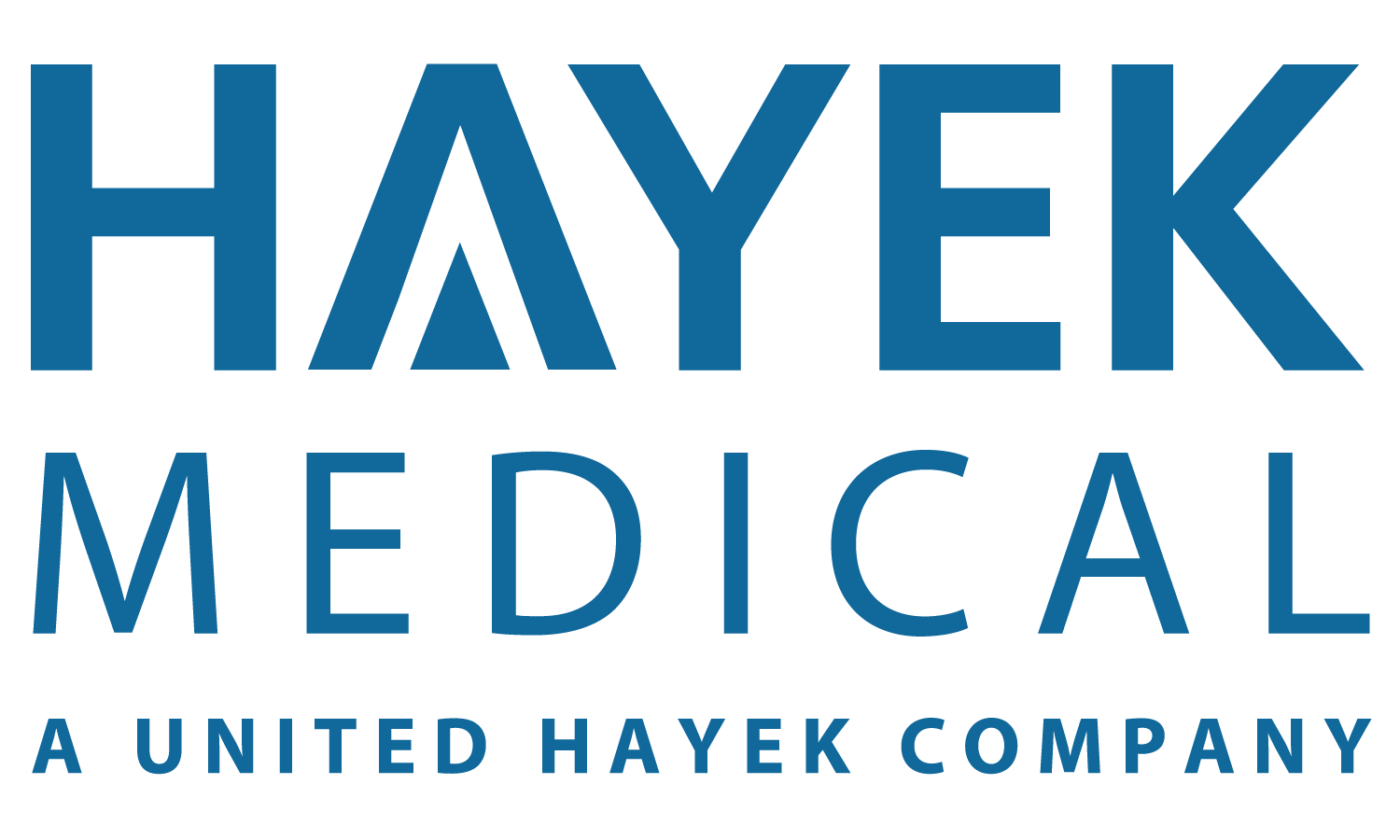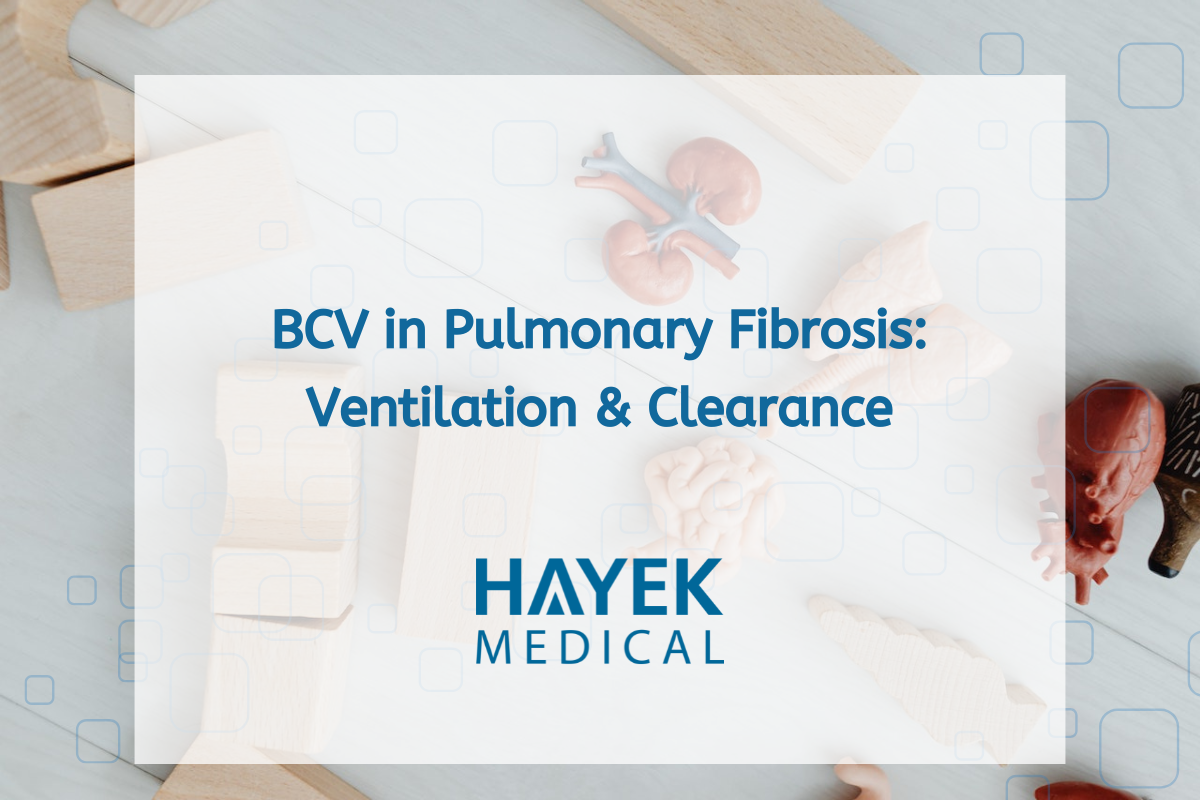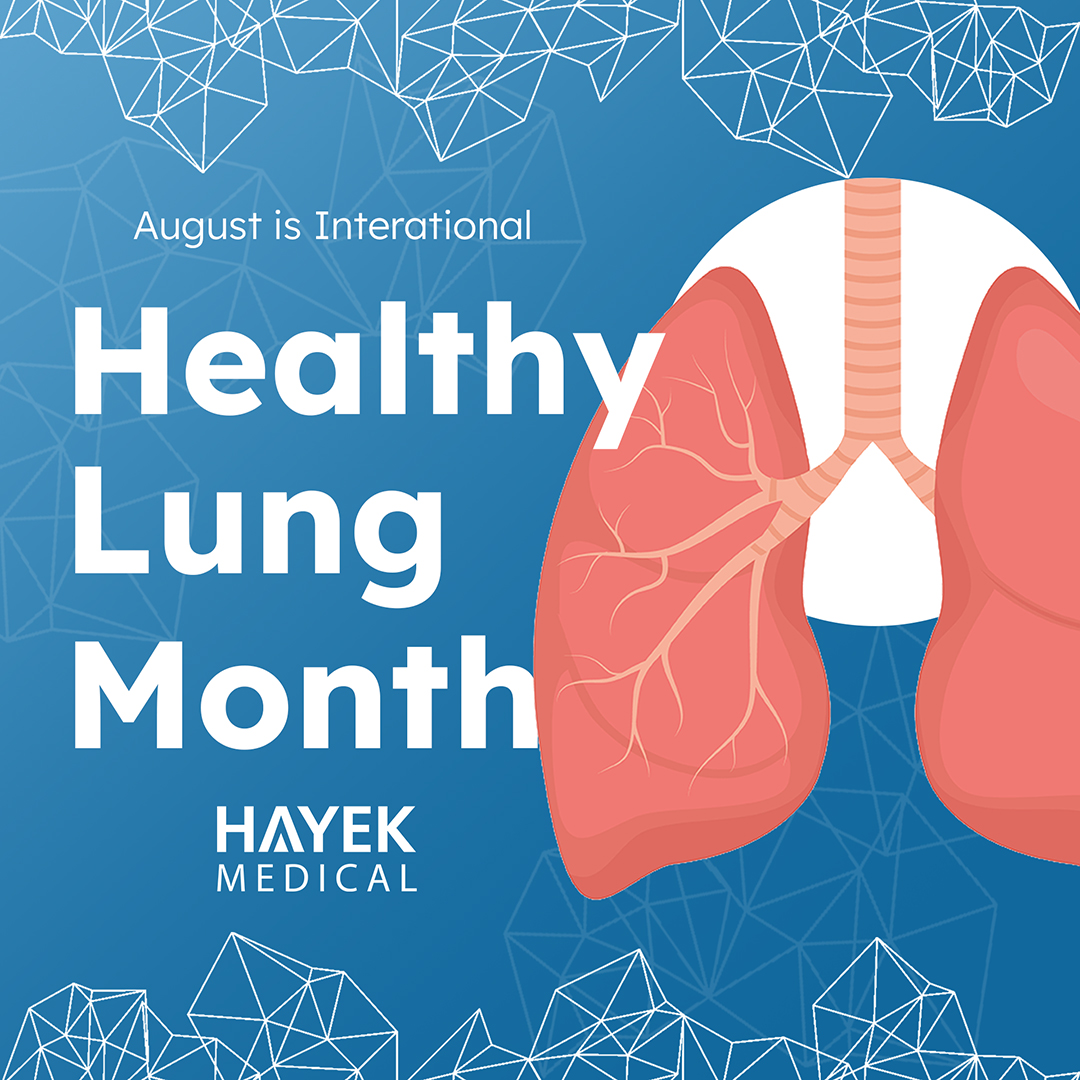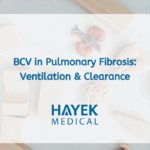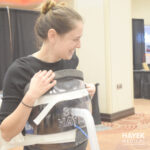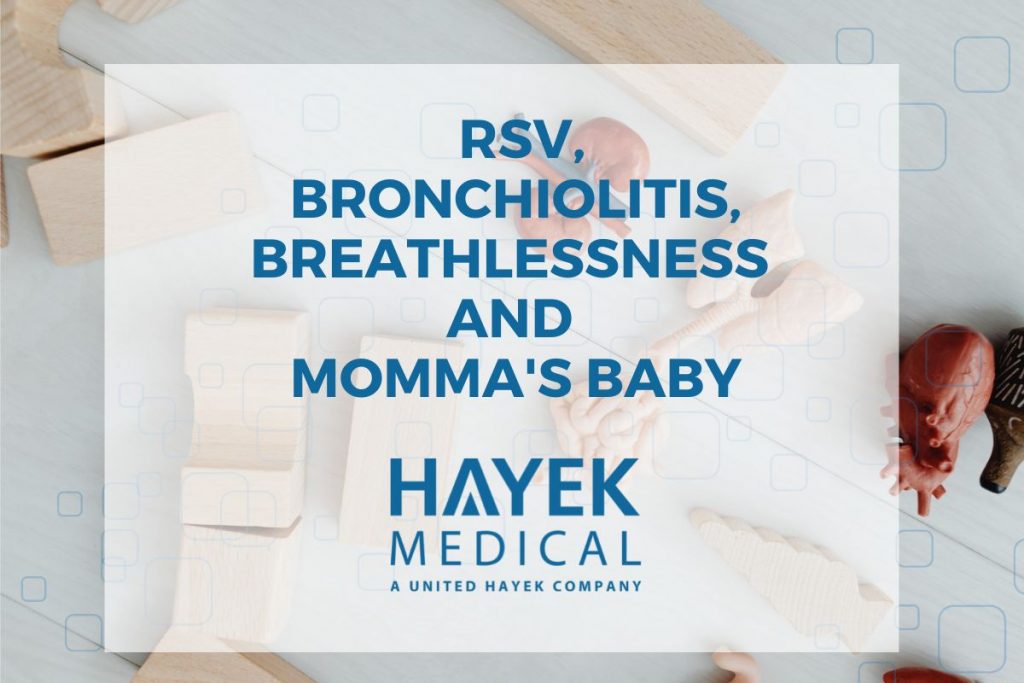
Headlines from around the country predict what they are referring to as a “Tri-demic”, a triple threat on our health systems of RSV, Covid-19, and the Flu, and point out that the coming season will be bad for all respiratory related illnesses.
Respiratory distress in anyone is highly relatable. Who hasn’t experienced some shortness of breath following physical exertion? Similiarly, progression from respiratory distress to respiratory failure is that same feeling, but you don’t recover. The work required for each breath is increased, the body generates more carbon dioxide and consumes more oxygen than it’s able to exchange. This is never easy to observe, especially when children or infants are the ones experiencing it. As a caregiver, we have felt similar symptoms and we sympathize very strongly to the distress of the patients in our care.
Included in this seasonal illness prediction for the coming year is a significant increase in the number patients expected to be hospitalized with RSV/Bronchiolitis. Most of us have had this virus with minimal compromising symptoms and resolution in just several days; however, certain young patients are the most vulnerable to this, including patients born prematurely, particularly those with chronic lung disease of prematurity, or patients with neuromuscular weakness.
High flows of humidified air supplemented with oxygen can help many patients, but often the distress is unable to be completely alleviated. The worst patients may be placed on a ventilator, but increasing respiratory support with positive pressure techniques can come with challenges related to the amount of nasal and airway secretions and the potential of lung injury with positive pressure ventilation.
RSV/Bronchiolitis will cause the more seriously ill babies to demonstrate pronounced symptoms of respiratory distress. A scene that many clinicians are able to attest to, is having their heartstrings pulled when they glimpse inside the room and see the stress placed on the parents watching their still new baby clearly having physical difficulty breathing.
Tachypnea or rapid respirations, faster and harder than they have ever seen and retractions, which is when the resistance to breathing is creating places on the baby’s body that suck inward in a very scary way with each breath. Retractions begin to appear at the top and bottom of the sternum, above the clavicles, between each rib and below the ribs. Their baby coughs so hard and sometimes just doesn’t seem to be able to stop. Finally, after several calls to consult with their baby’s clinic, the nurse recommends going to the hospital. They watch as their baby is assessed and cared for. It is hard for them to believe that nothing that is being tried is resolving the tachypnea and retractions. They have been up all night with the baby. Neither they nor the baby have had any rest. Any observers will see the look exchanged between mother and infant, the look that drives a dagger into any parent’s heart as her baby’s eyes and expression says, “Mommy I’m tired and don’t know if I can keep this up.”
Most physicians caring for this type of patient are aware of most of the available non-invasive therapies, but they may be inadequate to help the more severe symptoms and may not immediately relieve distress. At a recent visit to a pediatric hospital, we had the opportunity to meet a respiratory therapist named Matt. :
Matt pointed out how he considers himself fortunate to work at a facility where an alternative non-invasive therapy for the sicker RSV/bronchiolitis patients is available. This therapy is one that is still new to many pediatric ICUs, but one that Matt is very happy is available where he works. Matt related to us the following experience:
I was working in the PICU with several patients with bronchiolitis. All were receiving their standard high flow per protocol for size and O2 requirement, when a Rapid Response was called on one them. SATS had decreased and the retractions had worsened. I arrived with the rest of the team, and prepared to assist with the intubation or placement of a tracheal tube so an invasive ventilator could be started. I knew from some of my experiences with similar children, that when I was able to begin treatment with continuous negative using the noninvasive Biphasic Cuirass Ventilator, that patients would often improve quickly.
As the pediatric intensivist was making final preparations to intubate, I caught their eye and asked,
“Could we just give the cuirass a try before doing this?”
The answer came back, “OK, I’ll give you 5 minutes”.
As the gowned masked and gloved intensivist stood waiting, I brought the BCV to the room, quickly set it and placed it on the patient. The patient’s retractions stopped almost immediately. The pulse oximeter shot up 6 points from the 80s into the mid 90% range. I make some final adjustments to the fit of the cuirass and the settings, which myself and the intensivist decided were working best and when he finally turned away from the patient for a moment; nearly all the members of the rapid response team were either gone or leaving because the patient had so obviously stabilized.
Matt told us, “That is how it nearly always works when we get a chance to use it before they put they tube in.”
Loss of functional residual capacity increases work of breathing and gas exchange. In bronchiolitis with more severe respiratory symptoms that is also the case. Continuous negative gently pulls the lung open as nature intended with negative pressure. This normalizes FRC and can have an effect of acutely decreasing distress just as the baby Matt was taking care experienced. Another thing Matt noted with a big smile was that the baby’s mom thought he was sent from heaven that day for her baby. If you ever met Matt, you would think the same thing every day.
